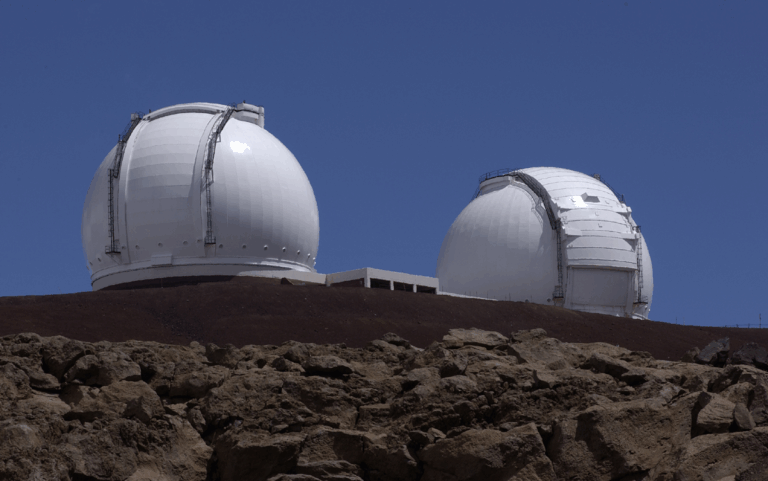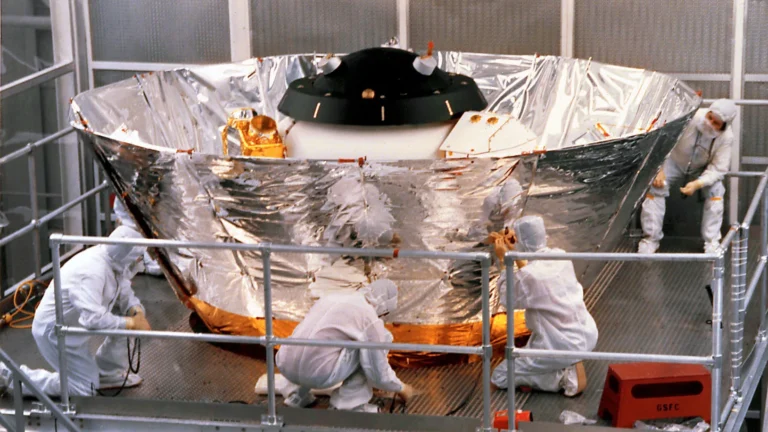
Key Takeaways:
- On November 27, 2001, NASA announced the initial detection of an exoplanet atmosphere.
- Astronomers utilized the Hubble Space Telescope’s spectrometer to observe HD 209458b, a hot Jupiter located 150 light-years away in Pegasus.
- Sodium was detected within the exoplanet's atmosphere, although the observed quantity was less than predicted by models for its planetary class, with high-altitude clouds suggested as a potential factor.
- This discovery validated the Hubble Space Telescope's capacity to employ the transit method for studying exoplanet atmospheres, holding significant implications for future exploration.
On Nov. 27, 2001, NASA announced the first detection of an exoplanet atmosphere. Using the Hubble Space Telescope’s spectrometer, astronomers observed HD 209458b, orbiting a 7th-magnitude, Sun-like star 150 light-years away in Pegasus. The researchers were able to detect sodium in the exoplanet’s atmosphere – though it was less sodium than models had predicted for a planet of that class, a hot Jupiter. (Some theories suggest that high-altitude clouds in the atmosphere affected the observations.) The finding proved that Hubble could use the transit method to study alien atmospheres, with exciting implications for future exoplanet exploration.









